One of the best Travel agency
KBS Tour & Travel Varanasi
Varanasi is the oldest city in India and one of the most visited due to its purity and sacredness. Here, you may see, hear, smell, and taste some of the incredible histories and ancient Hindu legends. The most revered Hindu city in all of India, it is where people go to die in the hope of being freed from the circle of agony that is human life and where others come to bathe in the Ganges river to wash away their sins.
According to history, the Aryan Settlement initially settled on the banks of Kashi. By the end of the second millennium, the holy city had grown to be a significant center for Aryan philosophy and religion. With an increasing population came the emergence of heavy industrial trades and commercial occupations. Then, the city began to become known for its muslin production and sales, as well as for its silk fabrics, oil perfumeries, and sculptures related to religion and culture. In the sixth century, during the Buddha's reign, the City of Kashi was elevated to the status of capital.

Ganges River
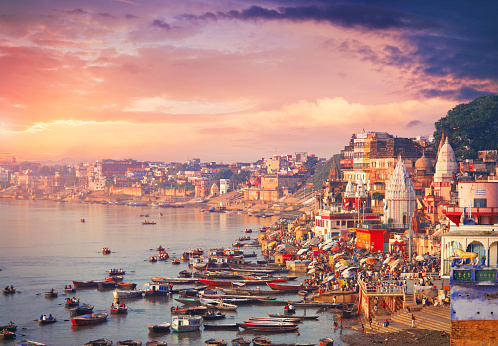
The Ganges River, named after the Hindu goddess Ganga, is one of India's most revered natural sites. The river flows southeast from the Himalayas in the north to the Bay of Bengal in the south. The Ganges River serves as a source of water for 400 million to 600 million people on a daily basis.
Hindus from all over the world travel to Varanasi to purify themselves in the holy Ganges water and perform rituals along the river's dozens of ghats. For tourists, the river serves as a fixed point of orientation for navigating around the city, and you'll undoubtedly spend a lot of time sightseeing and watching life go by along the Ganges.
Dasaswamedh Ghat
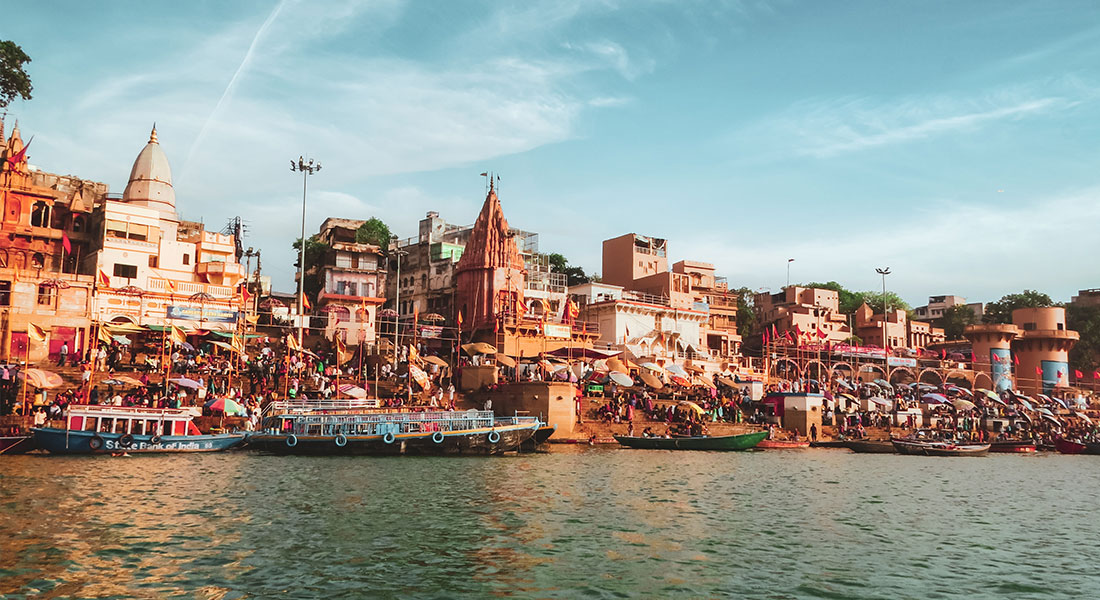
Dasaswamedh Ghat's lively atmosphere makes it one of the best places to visit in Varanasi. This tourist attraction is a whirlwind of flower sellers touting bright blossoms, boat operators hawking Ganges River rides, and sadhus (holy men) with face paint. During the day, you could spend hours people watching in this area.
Ganga Arti
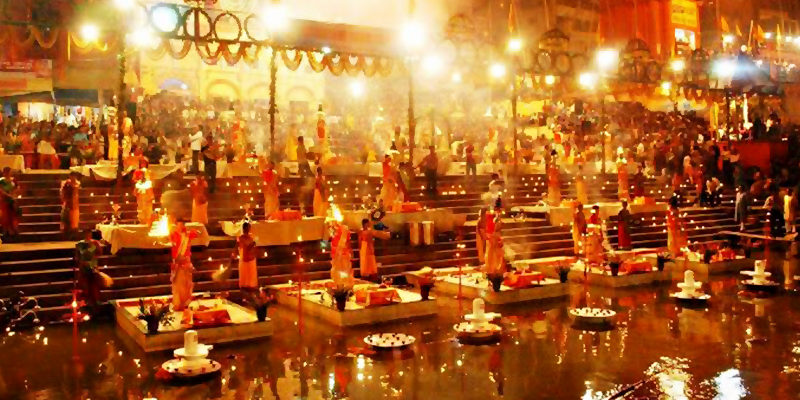
Every night, around 7 p.m., Hindu priests perform the Ganga Aarti at the Dasaswamedh Ghat. The priests, dressed in saffron robes, spread out plates of flower petals and other offerings and blow a conch shell to signal the start of the spiritual ceremony. Thousands of tourists gather to watch the priests chant and wave tiered plates of sandalwood-scented incense in intricate patterns for about 45 minutes. It's an extravagant sight that you won't want to miss.
kal Mhairav Temple
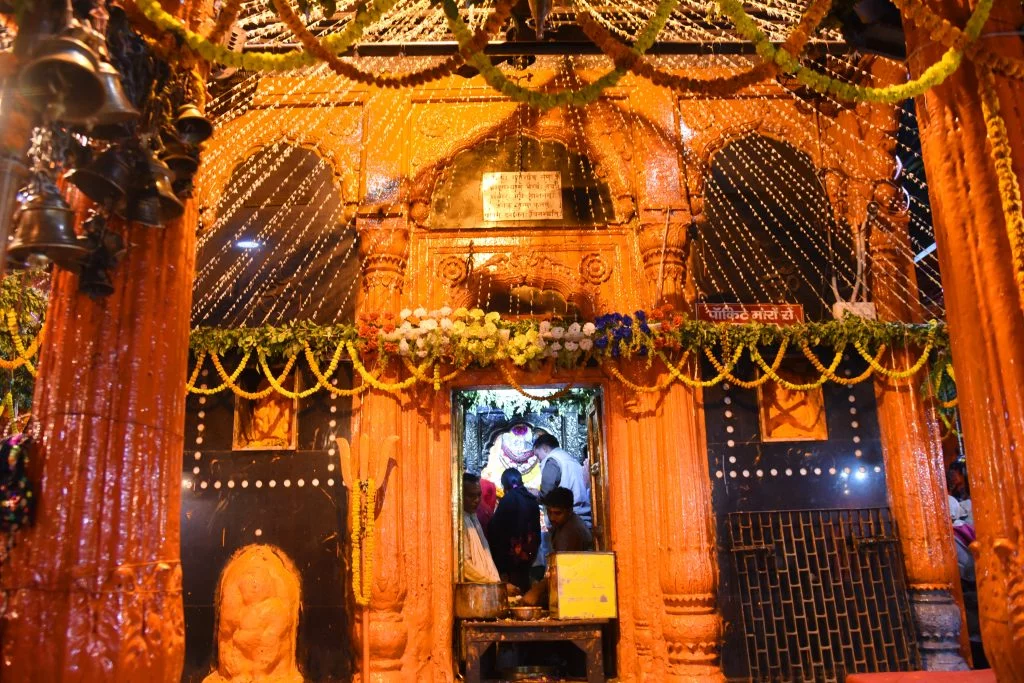
Also known as Batuk Bhairav Mandir, pilgrims typically visit it along with Kashi Vishwanath Temple in Varanasi. It's in the old city, not far from the ghats and the great temple of Kashi Vishwanath. You will hear bell sounds and chants as soon as you enter the temple, which is tucked away in a little passageway. Many residents and visitors come to this Shiva in hopes of receiving blessings because it is believed that he will protect the city's population.
Shri Kashi Vishwanath Temple
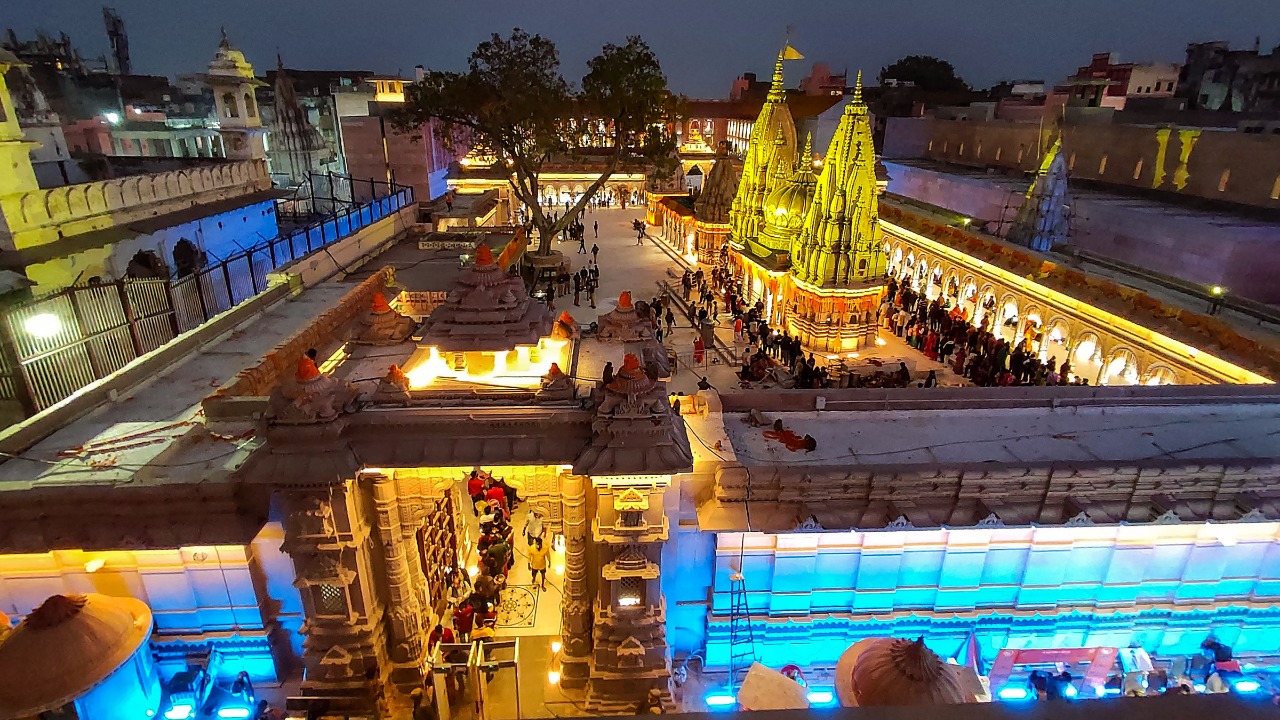
Hindu pilgrims and tourists alike travel thousands of miles to reach the Shri Kashi Vishwanath Temple, a sacred attraction about four kilometres from the Varanasi Junction railway station near the Manikarnika Ghat. The impressive structure, dedicated to the Hindu deity Shiva, has earned the moniker "The Golden Temple" due to its striking spire, which is plated in 800 kilogrammes of pure gold. The distinctive design of this temple has influenced the architecture of hundreds of other temples throughout India.
Manikarnika Ghat
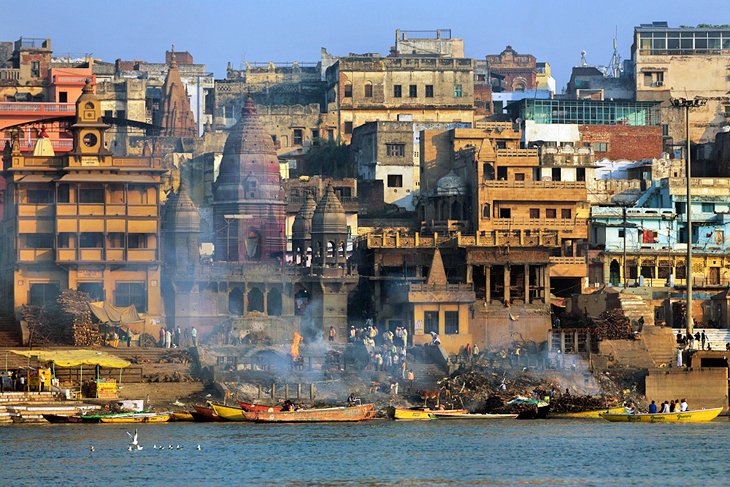
At Manikarnika Ghat, plumes of smoke swirl toward the sky. It's not from a factory; it's from the constant cremations that take place on this ghat. Hindus consider Manikarnika Ghat to be one of the most auspicious places for the departed to attain moksha (emancipation from the cycle of spiritual rebirth). The funeral pyre at this ghat burns 24 hours a day, and approximately 100 cremations take place each day.
Sarnath
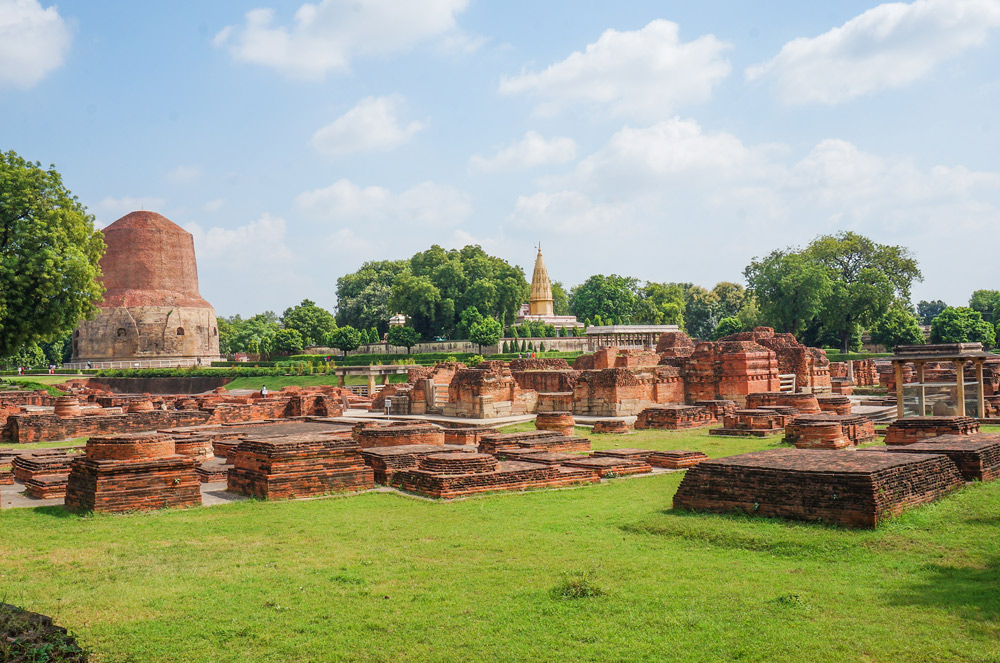
Sarnath also has a number of other tourist attractions that make it a worthwhile day trip destination from Varanasi. Visit the Chaukhandi Stupa (a Buddhist shrine that dates back to at least the 6th century), then head to the Sarnath Museum to see the Lion Capital of Ashoka, a sculpture that used to sit atop the Ashoka Pillar in 250 BCE and became the official Emblem of India in 1950. Before returning to Varanasi, finish the day with a visit to the serene Tibetan Temple.
Banaras Hindu University(Temple)

Sarnath also has a number of other tourist attractions that make it a worthwhile day trip destination from Varanasi. Visit the Chaukhandi Stupa (a Buddhist shrine that dates back to at least the 6th century), then head to the Sarnath Museum to see the Lion Capital of Ashoka, a sculpture that used to sit atop the Ashoka Pillar in 250 BCE and became the official Emblem of India in 1950. Before returning to Varanasi, finish the day with a visit to the serene Tibetan Temple.
Ramnagr Fort
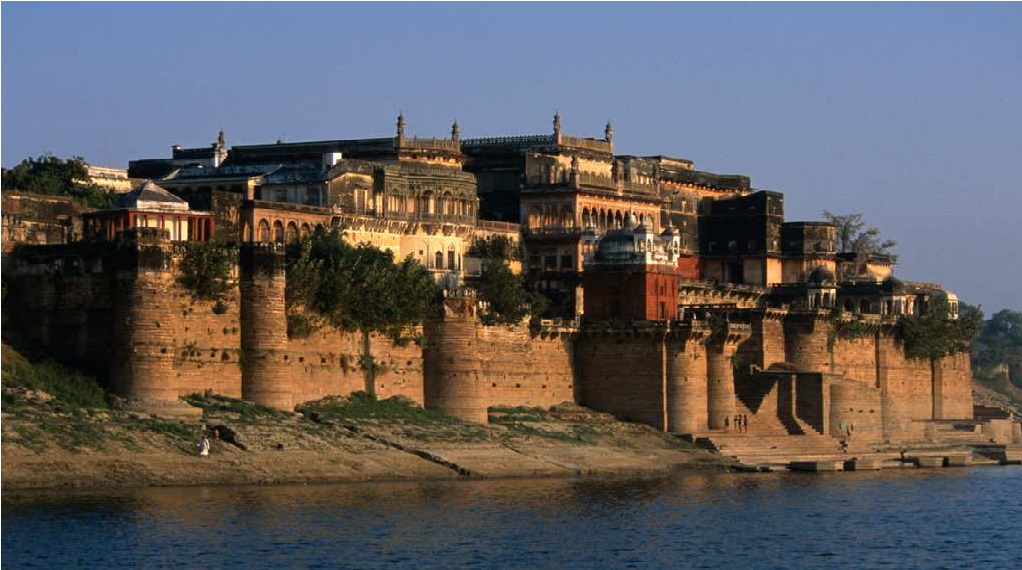
Varanasi is one of the few places in India that does not have a fort. Ramnagar Fort is located about 14 kilometres from the city centre. The 18th-century sandstone fort and palace is no longer used as a defensive structure, but instead houses a quirky museum filled with vintage automobiles, elaborate hookahs, antique weapons, jewel-encrusted sedan chairs, and a more than 150-year-old astronomical clock.
After exploring the museum's archaeological treasures, visit the fort's temples, one of which honours Veda Vyasa, author of the Mahabharata and other important Hindu epics.